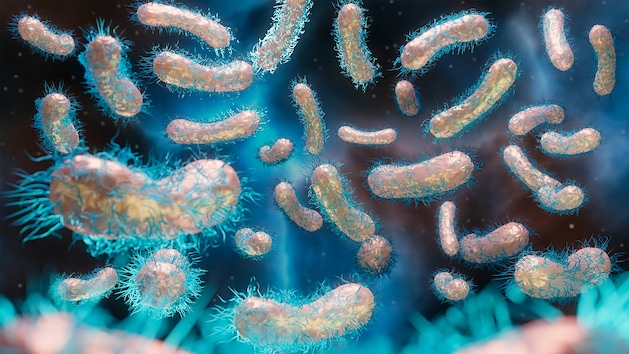A study of the Enterobacter bugandensis bacteria strain from the ISS has given researchers new insight into how the microbes adapt and mutate under extreme conditions. They seem to contribute to the germs becoming even more resistant.
The International Space Station (ISS) is also not free from bacteria. However, their development is influenced by other factors, which is due to the environment being very different from that of Earth. An Indian research team, in collaboration with NASA’s Jet Propulsion Laboratory, has analyzed in more detail what this looks like.
The scientists compared Enterobacter bugandensis microbes from the ISS with the closest Earth strain, AR1358, and found that the space bacteria differ functionally and genetically. According to the study published in Microbiome, “578 complex mutations” alone were identified.
Enterobacter bugandensis is a type of bacteria that belongs to the family Enterobacteriaceae. These are typically found in the human intestine and the environment, but can also cause illness, particularly in immunocompromised individuals or in hospitals.
But that’s not all: the ISS specimens also appear to be particularly resistant germs that respond significantly less well to treatments than their Earth counterparts. That could in turn have consequences for NASA and other space agencies planning long-term, manned missions on and around the moon and a network of private stations near Earth.
Reading tip: This is what an ISS astronaut saw during the solar eclipse
The fact that the tribes develop so differently is due, among other things, to the ability of all life to adapt to its environment. The ISS is like a sealed bubble of recycled air, which in turn moves in a space with high radiation and microgravity. It is therefore difficult to predict what influence this will have on microbes.
The study focused on Enterobacter bugandensis, a bacterium that has adapted particularly well to life on board the space station. The total of 13 strains isolated from the samples from the ISS environment show that E. bugandensis is the predominant species there.
However, the possible effects of such mutated, resistant germs on astronauts have not yet been investigated. However, space agencies such as NASA may have to take this into account in the future.
Quellen: „Genomic, functional, and metabolic enhancements in multidrug-resistant Enterobacter bugandensis facilitating its persistence and succession in the International Space Station“ (2024, Microbiome)
By Dana Neumann
The original for this article “Mutated over 500 times: Bacteria on the ISS have a dangerous property” comes from futurezone.de.















